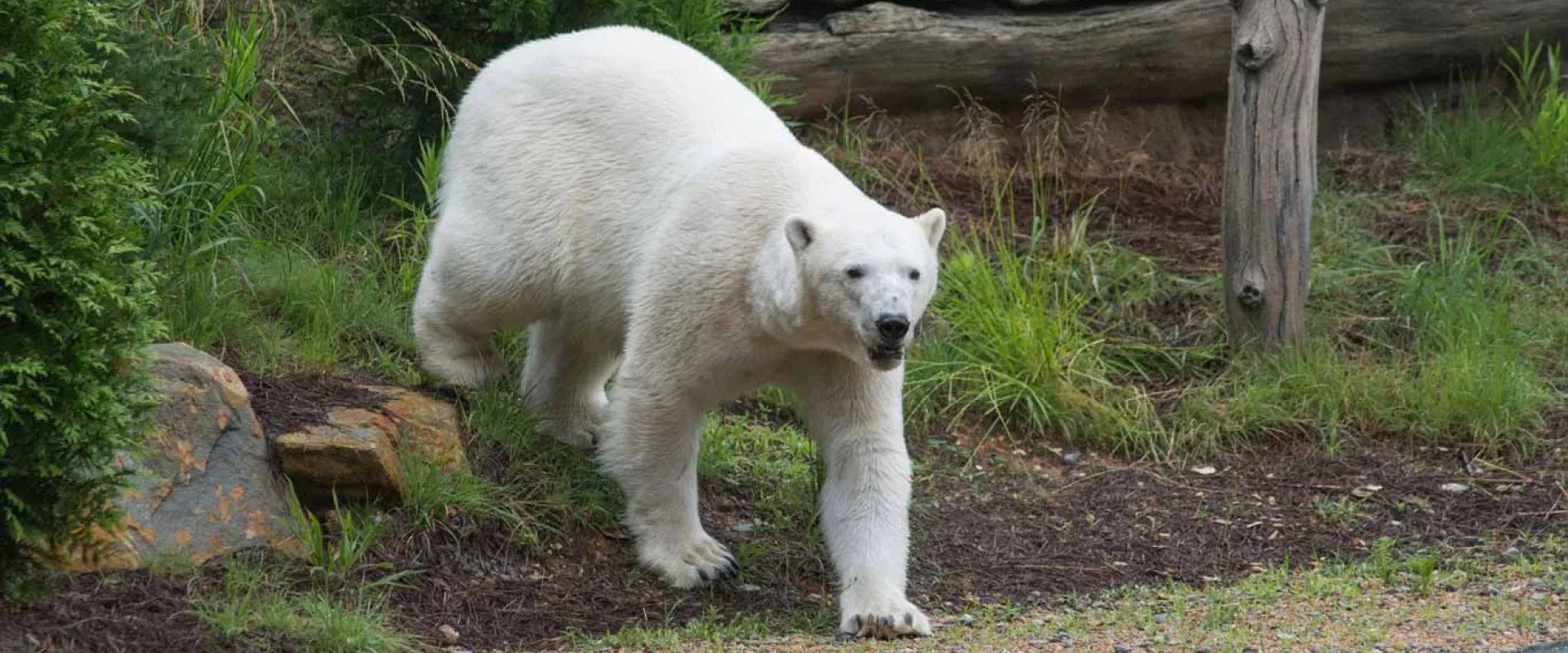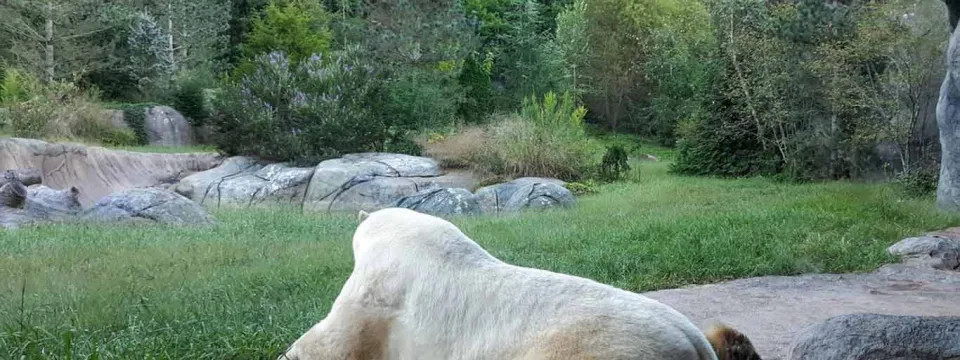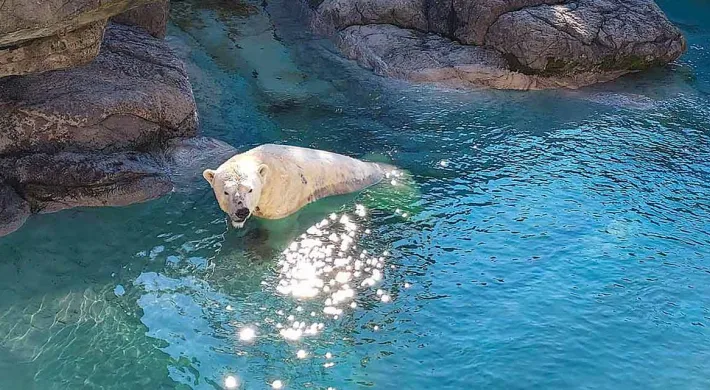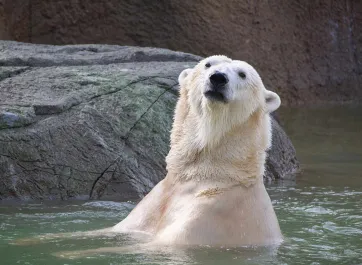Taking care of two polar bears can be tricky! Communication is critical for the Rocky Coast Keepers at the North Carolina Zoo. The Zoo has two polar bears, a female, Anana, and a male, Payton. In the wild, polar bears are solitary animals, so Payton and Anana live in separate habitats most of the year.
Polar bears are the apex predator of the Arctic. They are, therefore, deadly animals, not only to humans but possibly to each other. Male and female polar bears only come together once a year for the breeding season.
Because they are dangerous animals, safety is the absolute top priority for the keepers! There are always several layers of safety measures; keepers and polar bears do not share space. There is a two-door system in place, meaning there are always two doors in-between the bears and the keepers.
Each day begins the same way for the polar bear keepers. First thing first: Where are the bears? The keepers will get visuals on both polar bears first thing in the morning to ensure everything is okay from overnight and the bears are where they’re supposed to be. The keepers meet to plan the whole day each morning. These meetings include deciding who wants to train and what behaviors they want to work on with each bear. Specific training sessions are performed in each habitat, so there must be plans to ensure the correct bear is in the suitable habitat.
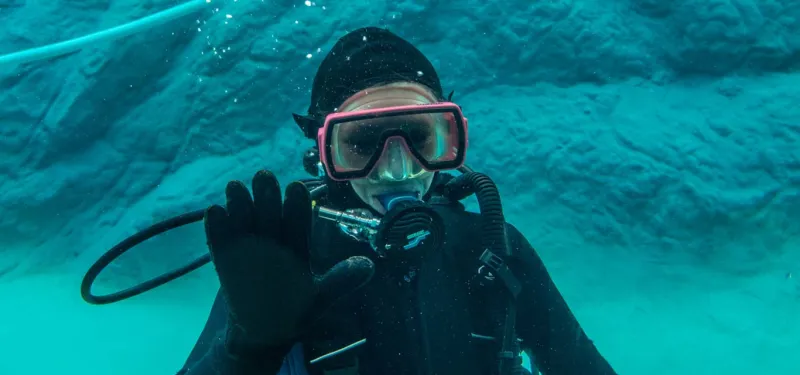
Once the plan is set for the day, the cleaning starts! Keepers maintain both habitats throughout the day as they move the bears between the habitats. Periodically, the keepers will scuba dive to clean the Arctic Waters habitat – how cool!
The keepers like to keep things variable, meaning each day is at least slightly different than the last for the polar bears. Both polar bears will receive enrichment throughout the day and several training sessions. Some days have more of an enrichment focus, while others have more of a training focus. Enrichment items can be anything from new scents or puzzle feeders that provide mental and physical stimulation for the bears.
The main takeaway here, in no particular order: Feed. Clean. Train. Enrich. Repeat.
That is the life of a polar bear keeper!
